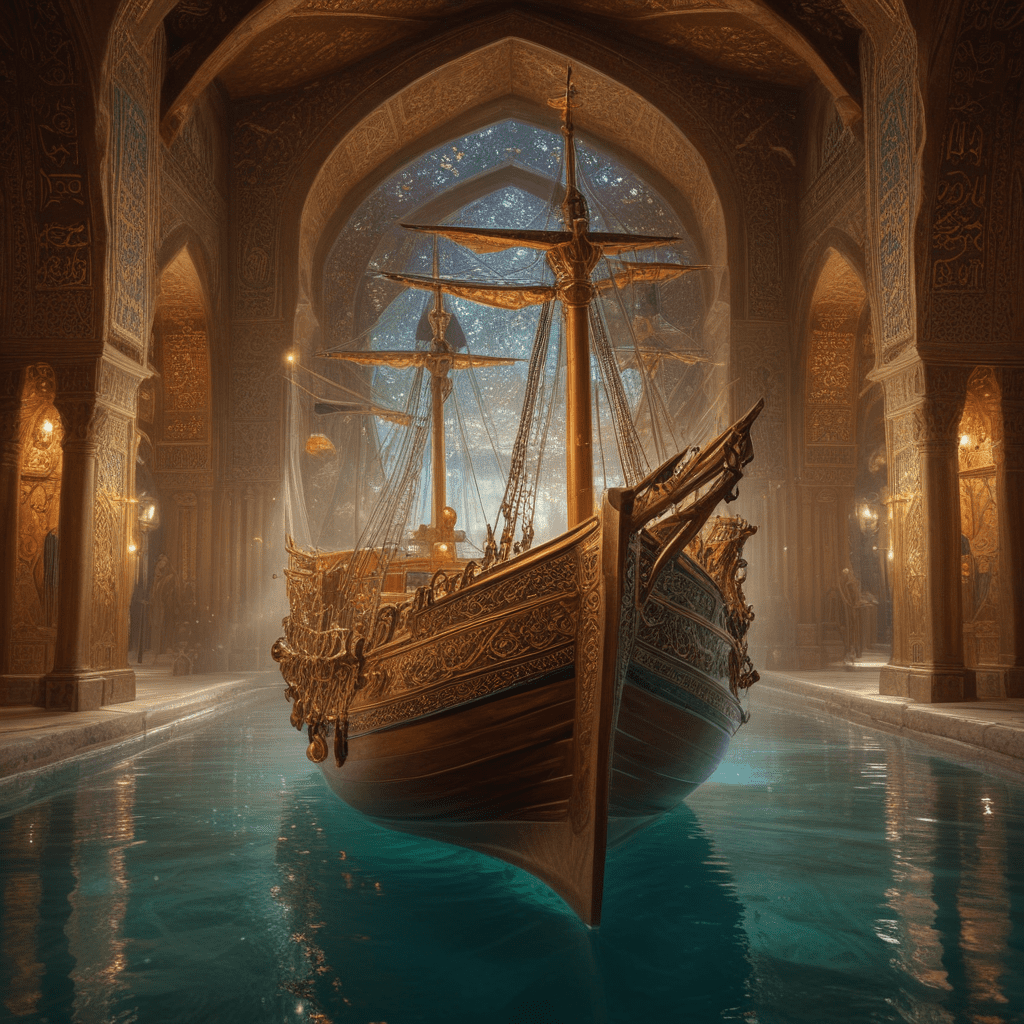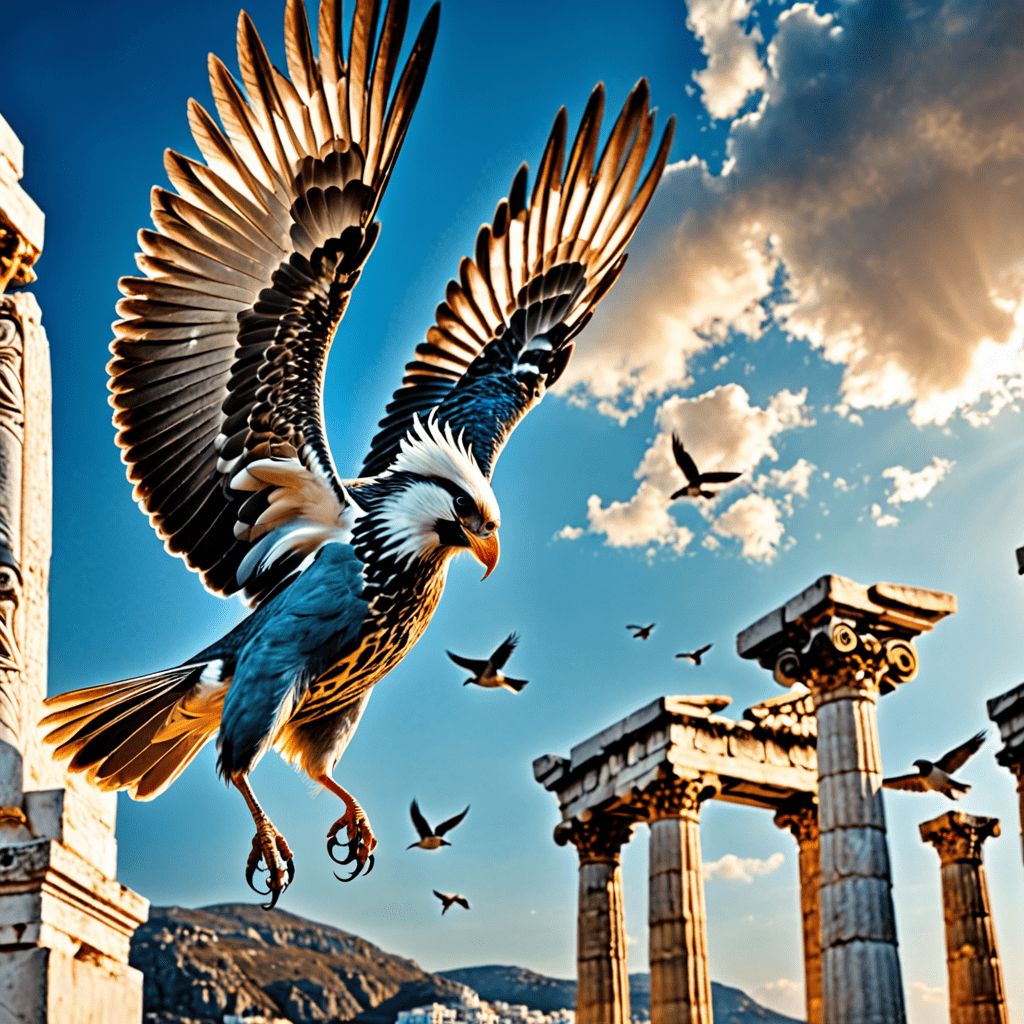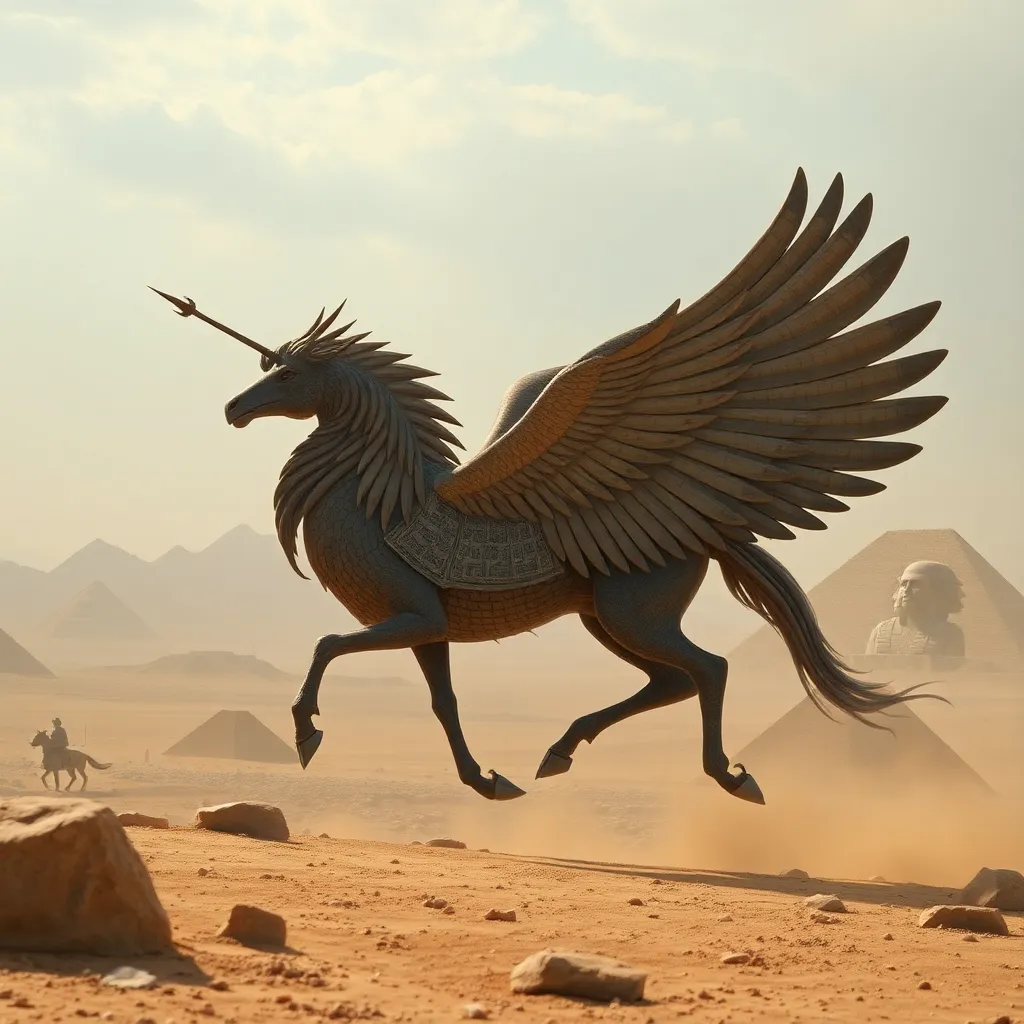Introduction
Throughout history, mythical ships have played a significant role in shaping cultural beliefs and narratives. In Persian literature and folklore, these vessels are not merely vessels of transportation but also symbols of adventure, knowledge, and the human spirit's resilience. These ships, often imbued with mystical powers and connected to legendary figures, have left an enduring mark on the imagination of generations. This article delves into the fascinating world of mythical ships in Persian legends, exploring their diverse forms, symbolic meanings, and lasting cultural impact.
The Simurgh and the Ship of Solomon
The legendary bird Simurgh, a prominent figure in Persian mythology, plays a key role in the tale of King Solomon's fleet. According to the legend, the Simurgh, renowned for its immense strength and wisdom, transported Solomon's ships across vast distances. This symbolic journey represents the pursuit of knowledge and the overcoming of obstacles through perseverance and divine guidance. The Simurgh, with its ability to soar through the heavens, embodies the limitless potential of human aspiration and the power of faith in achieving seemingly impossible feats.
The Ark of Nuh (Noah)
The Persian interpretation of the biblical story of Noah's Ark holds unique significance within the cultural landscape. The ark, depicted as a massive vessel built under divine instruction, serves as a symbol of salvation and hope in the face of adversity. The story of Noah's Ark resonates deeply with the concept of divine justice and the preservation of life amidst destruction. In Persian folklore, the ark is often depicted as a microcosm of the world, carrying all living creatures to safety and ensuring the continuity of life after the deluge.
The Ship of Jamshid
King Jamshid, a legendary figure in Persian mythology, is associated with a mythical vessel known as the "Flying Throne." This magnificent ship, said to be adorned with precious jewels and powered by magical forces, is a testament to the technological advancements and human ingenuity of the era. The ship's ability to soar through the skies evokes a sense of wonder and ambition, symbolizing humanity's desire to conquer the unknown and push the boundaries of the possible.
The Ship of Sinbad the Sailor
Sinbad the Sailor, a legendary figure known for his fantastical voyages, embarked on incredible adventures aboard his ship. His encounters with mythical creatures, enchanted islands, and perilous storms captured the imagination of countless listeners. The ship in these tales becomes a symbol of exploration, discovery, and the human spirit's insatiable curiosity. Sinbad's voyages remind us of the inherent human desire to venture beyond the known world and confront the unknown with courage and determination.
6. The Seven Voyages of Bahram Gur
Bahram Gur, a legendary Sassanid king, embarked on seven extraordinary voyages, each fraught with peril and adventure. His maritime journeys were not mere voyages of exploration but profound tests of courage, wisdom, and resilience. He encountered magical beings, faced treacherous challenges, and emerged from each voyage transformed.
The symbolism of Bahram Gur's voyages extends beyond the realm of physical adventure. They represent the transformative journey of self-discovery, the pursuit of knowledge, and the triumph of the human spirit over adversity. Each voyage serves as a metaphor for the challenges and triumphs one encounters in life's journey.
7. The Ship of Kharuf
Kharuf, a mythical creature with a human head and the body of a fish, plays a significant role in Persian mythology. Its association with the underworld and the journey of the soul after death imbues the creature with a profound symbolic meaning.
The ship of Kharuf serves as a vessel for transporting the souls of the deceased to the otherworld. This journey across the waters of the afterlife mirrors the ancient belief in the cyclical nature of life, death, and rebirth. The ship of Kharuf embodies the transition from the realm of the living to the realm of the dead, representing the final voyage of the soul.
8. The Ship of the Sun and the Moon
In Persian mythology, the celestial bodies, the sun and the moon, are often depicted as traveling across the sky on a ship. This celestial voyage symbolizes the cyclical nature of time, the eternal movement of the cosmos, and the harmonious balance between day and night.
The ship of the sun and the moon represents the unwavering order and rhythm of the universe. Its journey across the heavens serves as a reminder of the constant flow of time and the cyclical nature of existence. The ship's passage symbolizes the eternal dance between light and darkness, day and night, and the interconnectedness of all things in the cosmos.
9. The Ship of the Dead
The Persian belief in the afterlife journey often involves the use of a ship to transport the soul to the otherworld. This ship serves as a symbolic vessel for navigating the treacherous waters of death and entering the realm of the ancestors.
The journey on the ship of the dead represents the transition from the physical world to the spiritual realm. The waters symbolize the unknown and the challenges one faces in the afterlife. The ship serves as a guide and a protector, ensuring the safe passage of the soul to its final destination.
10. Conclusion
The mythical ships of Persian legends hold profound significance within the cultural landscape. They are not merely vessels of transportation but powerful symbols of adventure, knowledge, resilience, and the human spirit's enduring quest for meaning and purpose. These ships, imbued with mystical powers and connected to legendary figures, continue to inspire and captivate audiences across generations, reminding us of the boundless potential of human imagination and the enduring power of storytelling.
FAQ
Q: What is the significance of mythical ships in Persian mythology?
A: Mythical ships in Persian mythology hold profound symbolic meaning, representing adventure, knowledge, resilience, and the human spirit's quest for meaning and purpose. They serve as vessels for transportation, transformation, and the journey to the afterlife.
Q: What are some of the most famous mythical ships in Persian legends?
A: The Simurgh and the Ship of Solomon, the Ark of Nuh (Noah), the Ship of Jamshid, the Ship of Sinbad the Sailor, the Seven Voyages of Bahram Gur, the Ship of Kharuf, the Ship of the Sun and the Moon, and the Ship of the Dead.
Q: What is the symbolic meaning of the Ship of Kharuf?
A: The Ship of Kharuf represents the journey of the soul to the afterlife and the transition from the realm of the living to the realm of the dead.
Q: What is the significance of the Ship of the Sun and the Moon?
A: The Ship of the Sun and the Moon symbolizes the cyclical nature of time, the eternal movement of the cosmos, and the harmonious balance between day and night.



